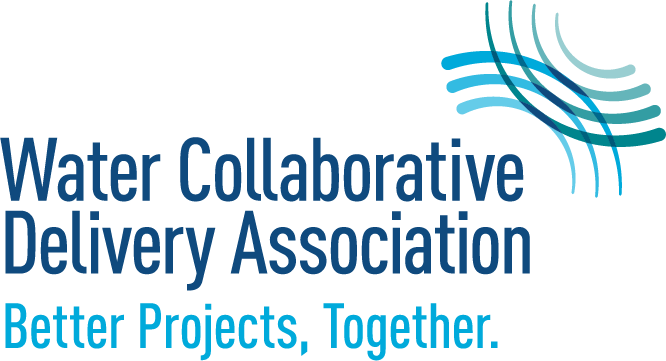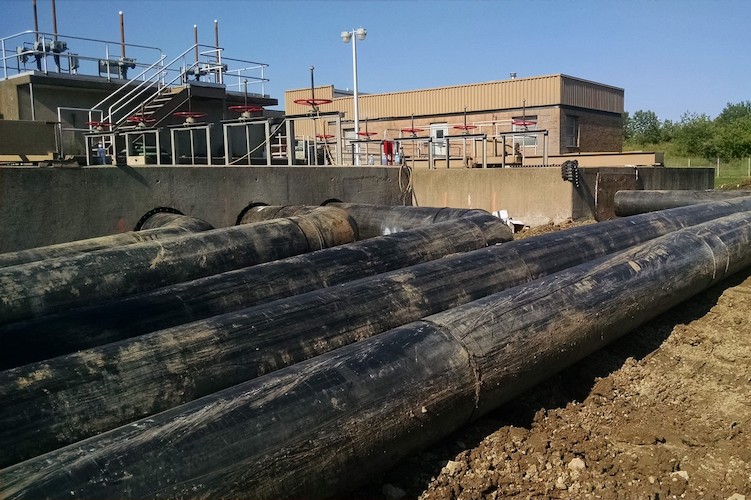Nobody wants that phone call. The one that comes in the middle of the night when there’s an issue at the plant—a leak, a break, a system failing to operate. Whether you’re a plant operator, a design engineer, or a contractor, that phone call is unwelcome! However, there’s a high probability of receiving that call during an active construction project without proper planning, communication, and collaboration.
Maintaining continuous treatment of an active water or wastewater treatment plant during extensive renovation and construction is a challenge on every project. By nature, the construction process is disruptive to the daily operation of a plant and, in many cases, can be something that keeps an owner up at night. Keeping the plant running with minimal impact is key to overall project success, as the potential impacts of a problem can be significant, including:
• Major project consequences
• Community impact
• Environmental damage
Successfully maintaining continuous treatment during construction is the result of plant operations, the design engineer, and the construction firm collaborating throughout all phases of the project. Non-collaborative delivery projects fail to unite all three of these entities during the planning and design phases. Construction management at-risk (CMAR) and design-build delivery create the roadmap for collaboration to tackle complex continuous treatment operations in a planned approach with input from all stakeholders.
The creation of a plan for temporary plant operations may consist of multiple solutions that have different costs, risks, and levels of effort. The ability for all stakeholders to collaborate to achieve the optimum balance of these variables will result in the best outcome.
Temporary plant operations come in all shapes and sizes and multiple scopes of work need to be considered, including process mechanical, process equipment, structural, electrical, and instrumentation and controls. It’s a puzzle, and the fun is in solving it, considering multiple options and scenarios that optimize the plan. Each temporary system is designed to consider feasibility, constructability, cost efficiency, schedule, and most importantly, the ability to maintain continuous treatment, thereby eliminating that middle-of-the-night phone call.
The solution may require an elaborate bypass pumping operation or a full-blown temporary chemical dosing system. In other cases, the existing infrastructure can be creatively utilized with minimal temporary systems. Sometimes the construction work can be phased to fit within allowable plant shut-down windows, thereby eliminating any temporary system. In other cases, the solution needs to be repetitive, with the ability to move and reinstall multiple times in a row.
Provisions for continuous treatment are often a hidden part of a project, only becoming public knowledge because there’s a problem. The public sees new tanks, buildings, piping, and equipment; however, what they don’t typically understand is the behind-the-scenes effort required to maintain plant operations while new structures are erected or new equipment is installed. In a plant with large pipe diameters and flow rates, provisions for continuous treatment can become one of the most complex and costly components of a project.
When should a team plan for temporary operations? Each project is unique, but our experience and success suggest that the best time to schedule a planning workshop dedicated to temporary operations and continuous treatment is after the 30% design documents have been delivered.
Who should attend the planning workshop? The key individuals from each stakeholder who have the knowledge and ability to formulate and implement the plan.
The outcome of the workshop is the creation of “the plan” to maintain continuous treatment. This plan can then be incorporated into the project specifications to provide each bid package and trade contractor with a clear understanding of the scope of work. Allowances are an appropriate mechanism to utilize for unknown or variable scopes of work for temporary operations. They can mitigate the risk placed on trade contractors, and they can benefit the owner such that it only pays for the actual cost of the work plus markup rather than paying for a risk that may not come to fruition.
During construction, prework meetings should be conducted prior to implementing the temporary operations plan to ensure that all parties understand their responsibilities and the timeline for completion of the plan.
Successful execution of the plan and maintenance of continuous operations is dependent on a choreographed effort between all stakeholders. Collaborative delivery projects provide the organizational structure to create positive outcomes on complex projects with continuous treatment requirements. With proper planning, collaboration, and execution, continuous treatment is achieved, and that phone call is eliminated!

